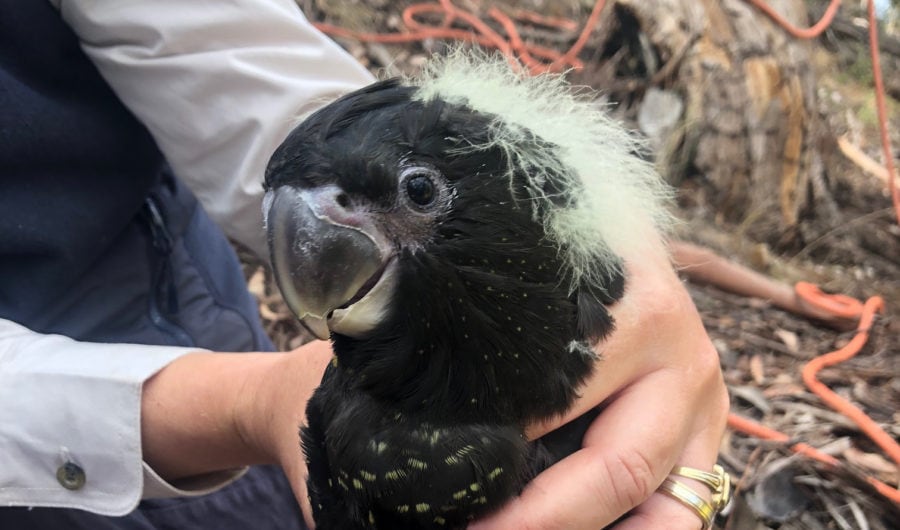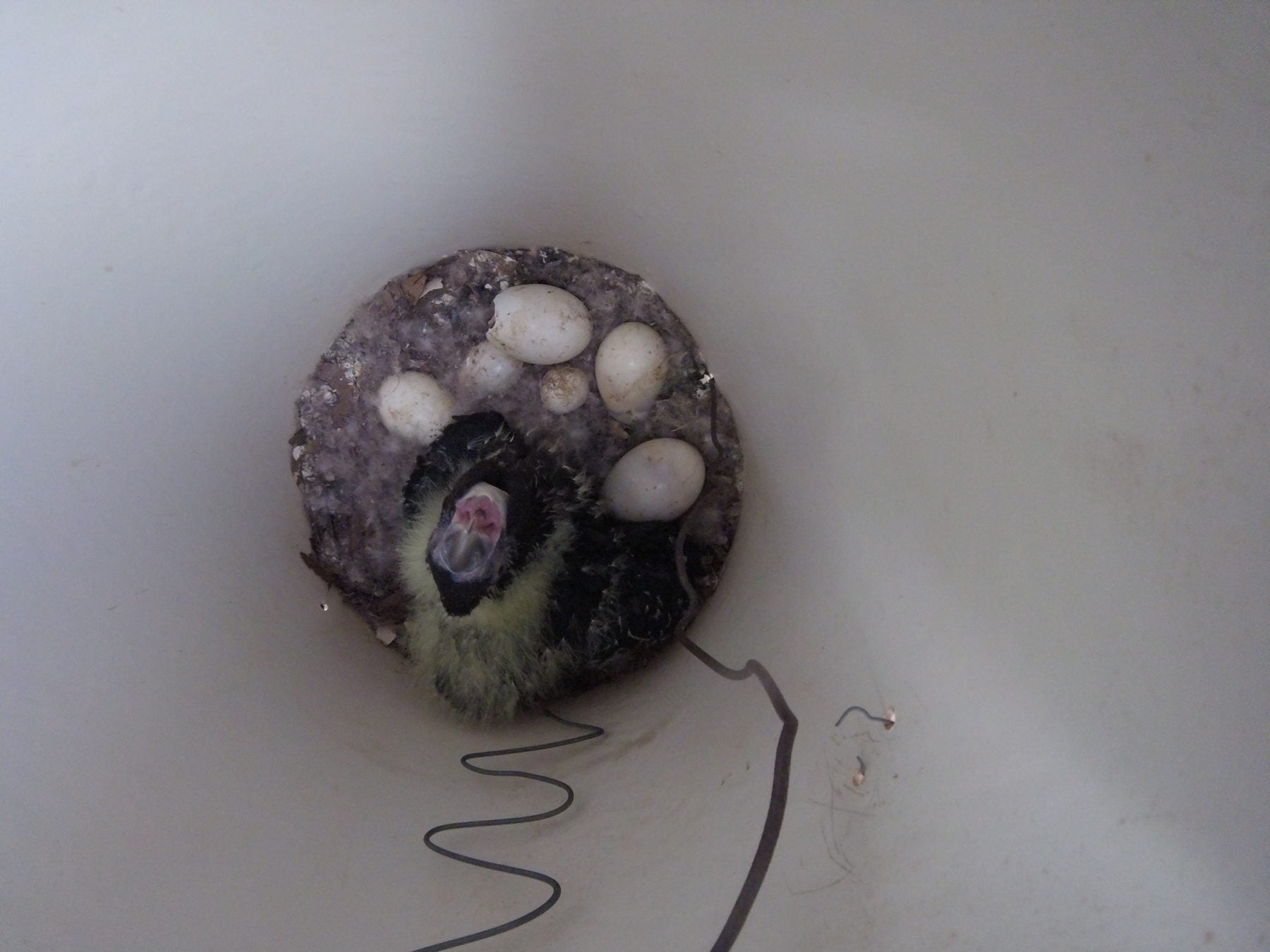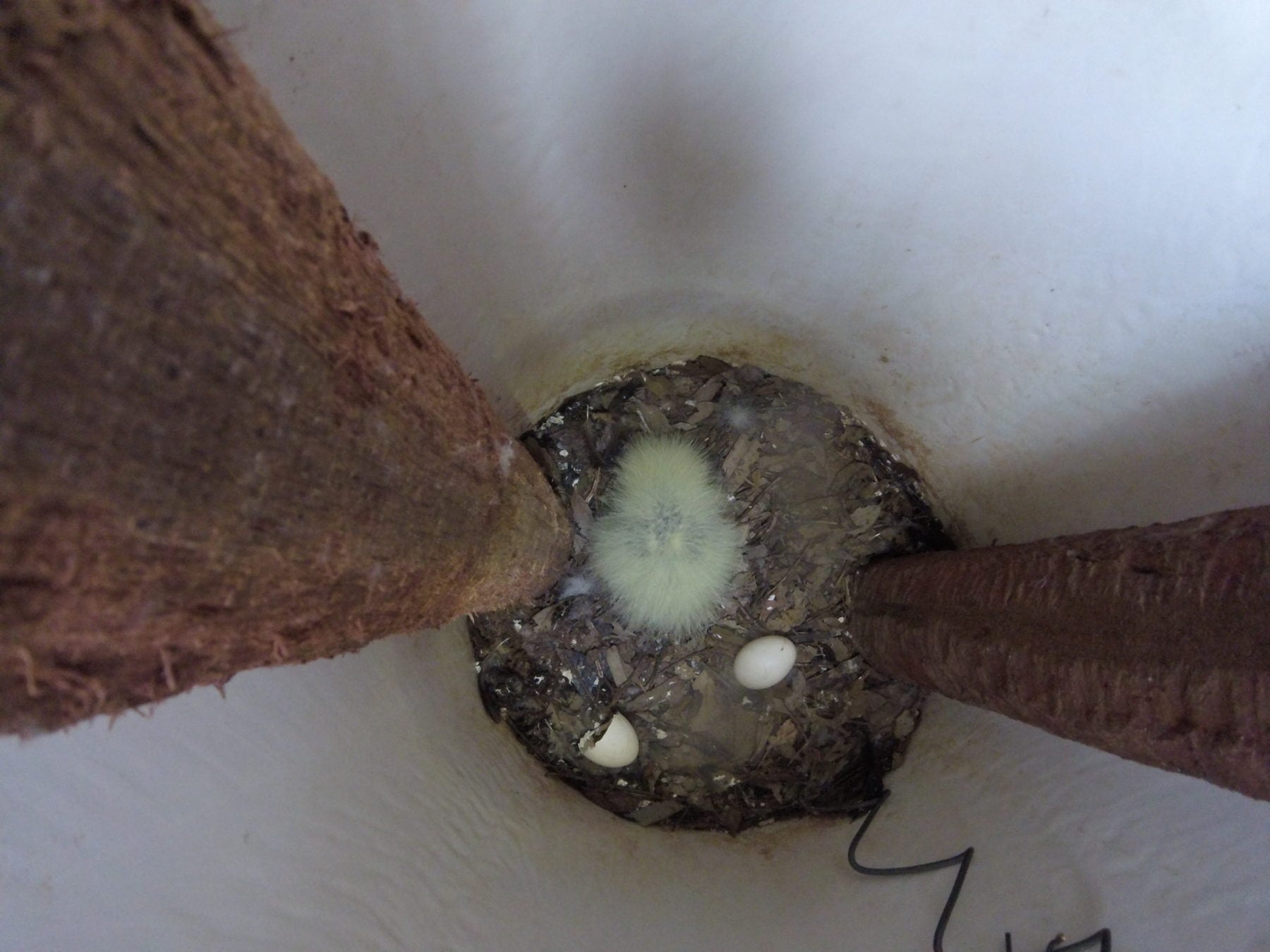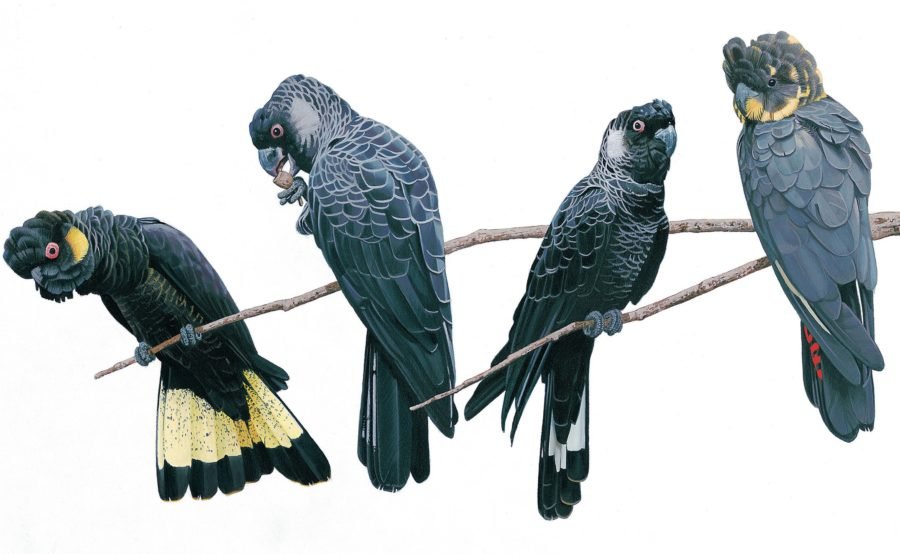Black cockatoo chicks hatch among burnt habitat

A DISTINCT POPULATION of glossy black cockatoo chicks have begun hatching on Kangaroo Island, despite their habitat being devastated by the 2019/2020 bushfires.
It’s estimated that only 370 of the cockatoos lived on Kangaroo Island prior to the fires, and 75 per cent of that population lived within the 210,000 hectare area that was burnt.

Natural Resources Kangaroo Island, who have been managing conservation efforts on the island, discovered 23 chicks during nest inspections – several in areas badly affected by the fires.
“It’s amazing to see that glossies have continued to nest in places like Middle River and DeMole River where there’s some food trees that survived the flames,” says Karleah Berris from Natural Resources Kangaroo Island.
“Every new glossy black-cockatoo on Kangaroo Island is incredibly important. The only way we’re going to rebuild this population is to ensure these chicks keep hatching and survive to fledging.
“The survival rate for nestlings is up around 70 per cent, so we don’t lose many after they hatch. The biggest threat is possums predating on eggs and nestlings. In the past we’ve had large nestlings up to five weeks old being taken by possums.”

To prevent predation by possums, corrugated iron collars have been fixed around trees with nests. The next step in the recovery will be replacing the nest boxes lost in the fires.
“Many of the cockatoo pairs on Kangaroo Island rely entirely on these artificial nests to breed and nest, so it’s vital to install replacement boxes in areas where there’s feeding habitat,” says WWF-Australia’s Darren Grover, who will be providing funding.
“It’s fantastic to see these cockatoo chicks emerging from the ashes of the bushfires, but they now face new challenges going forward and there’s lots of work for us to do.”



